Can You Tell Apart Song Dynasty Hanfu Styles: Beizi, Banbi, and Liangdang?
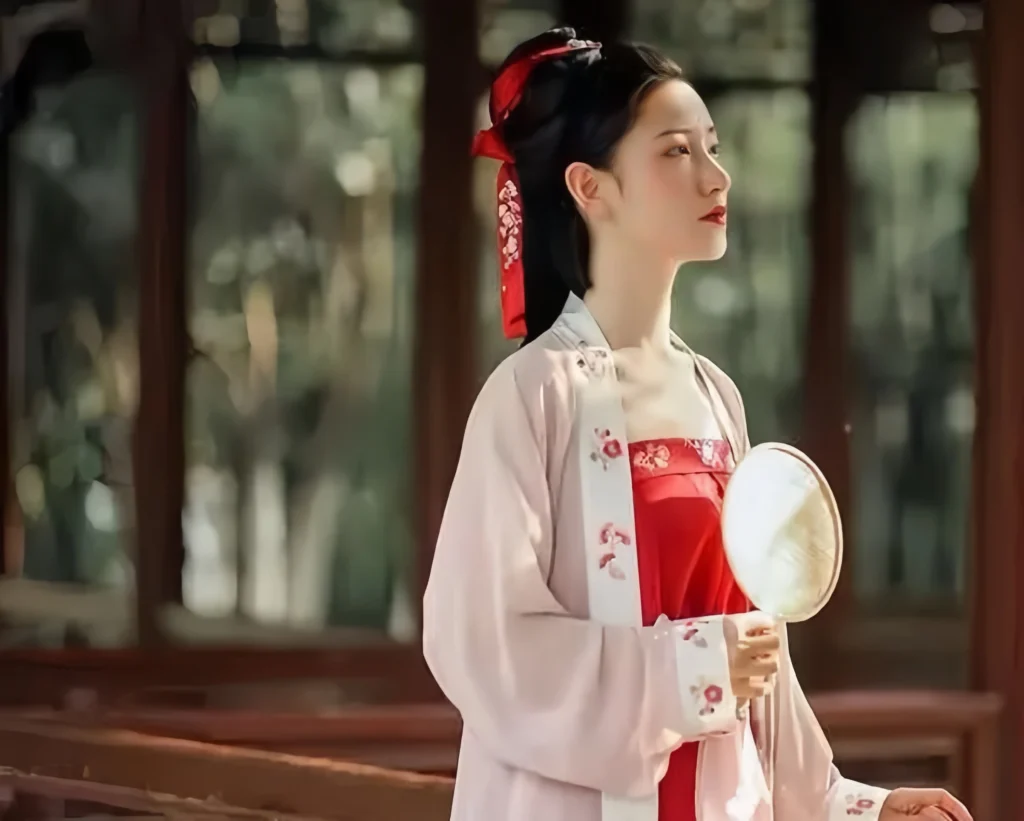
Song Dynasty Hanfu represents a pinnacle of Chinese traditional clothing, blending simplicity and sophistication in styles like the Beizi jacket, Banbi shirt, and Liangdang vest. These unisex garments, each with unique designs and cultural roles, highlight the era’s aesthetic and functional brilliance.
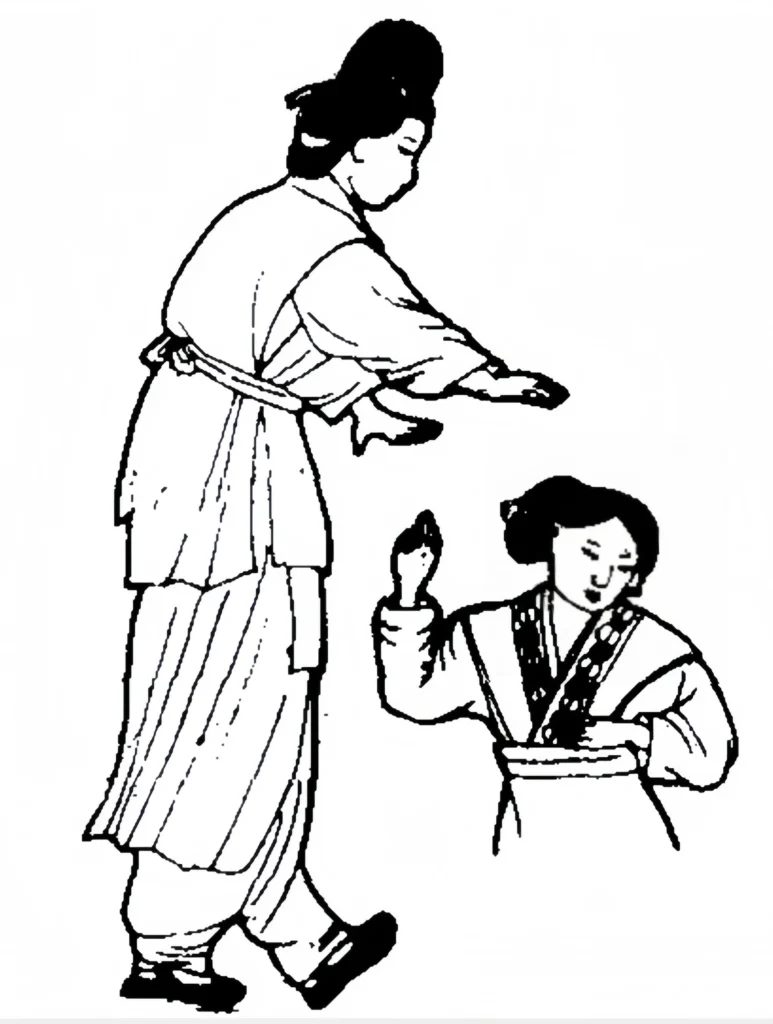
Bei zi Jacket: A Cornerstone of Song Dynasty Hanfu
The Beizi, also called a back jacket, was worn by both men and women, but its use varied by gender, occasion, and social status. According to historical records like Shiwu Jiyuan, “It’s as long as the skirt, with sleeves wider than a tunic.” This knee-length or skirt-length style was rare in earlier dynasties.
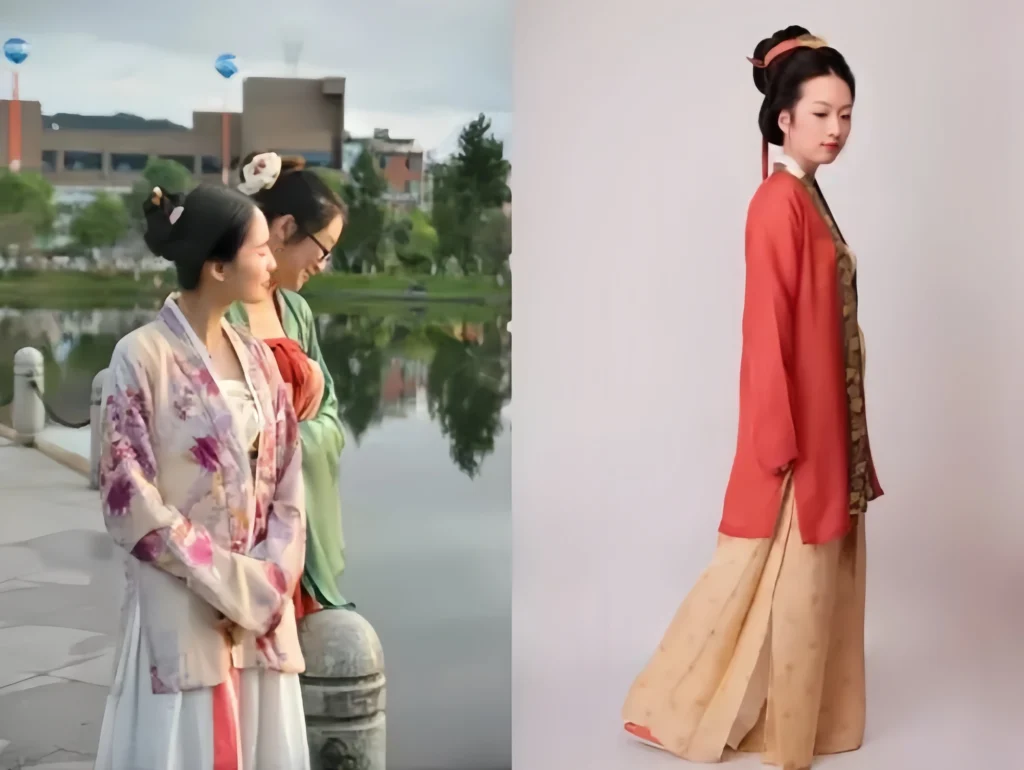
A true Beizi must have long slits under both armpits, about 11 to 13 centimeters, distinguishing it from a long jacket (changru). As noted in the later Ming History, “The four-panel jacket is the Beizi.” It featured collar styles like slanted, round, or straight, with sleeves shorter than a tunic but longer than a Banbi. The chest was tied with a sash, often used for ceremonial purposes. Some designs had dual straps hanging from the armpits, tied horizontally.

The Beizi’s length, width, fabric, and color varied strictly by wearer and era. For noblewomen, it was a semi-formal dress, second only to the grand ceremonial robe (daxiushan). As the Yufu Zhi states, noblewomen wore jeweled hairpin robes for formal ceremonies, while the Beizi served as everyday or semi-formal attire. Unmarried women and concubines also wore it as daily wear, and it was used for festive occasions like matchmaking or holidays, adorned with decorative elements. Men, however, used the Beizi as casual wear, unlike women who treated it as semi-formal or everyday attire.
Explore Beizi designs at The Metropolitan Museum of Art.
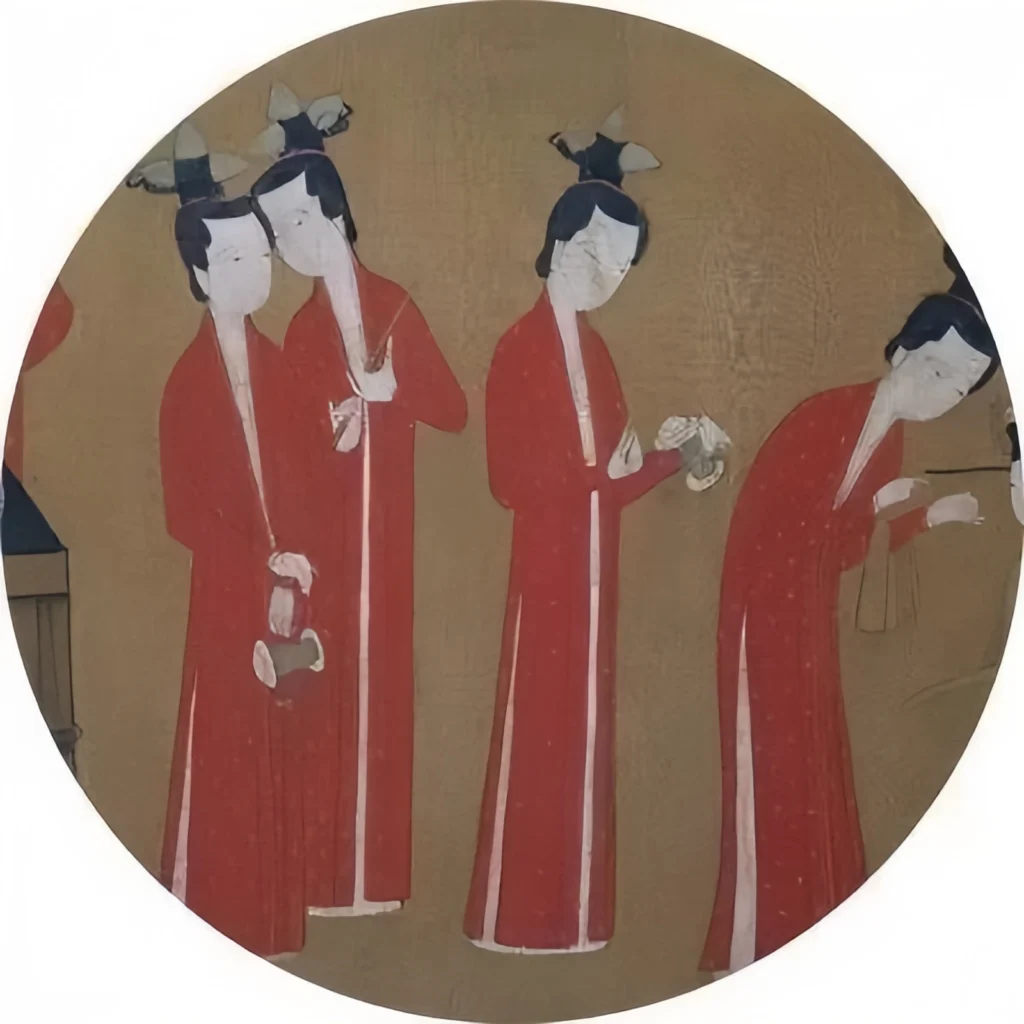
Banbi (Half-Sleeve Shirt)
The Banbi, or half-sleeve shirt, originated as a practical garment for warriors due to its ease of movement. In the Song Dynasty, it was also worn in casual settings like homes. The Banbi came with round or cross collars, open or cross-front designs, and could be sleeveless. Women wore it as an outer layer, while lengthening its sleeves transformed it into a Beizi, and removing them made it resemble a vest. For example, a ramie cloth vest could be worn as an inner layer, showcasing the Banbi’s versatility. Its short sleeves, typically reaching the elbows, made it ideal for layering over other garments, adding both style and functionality.
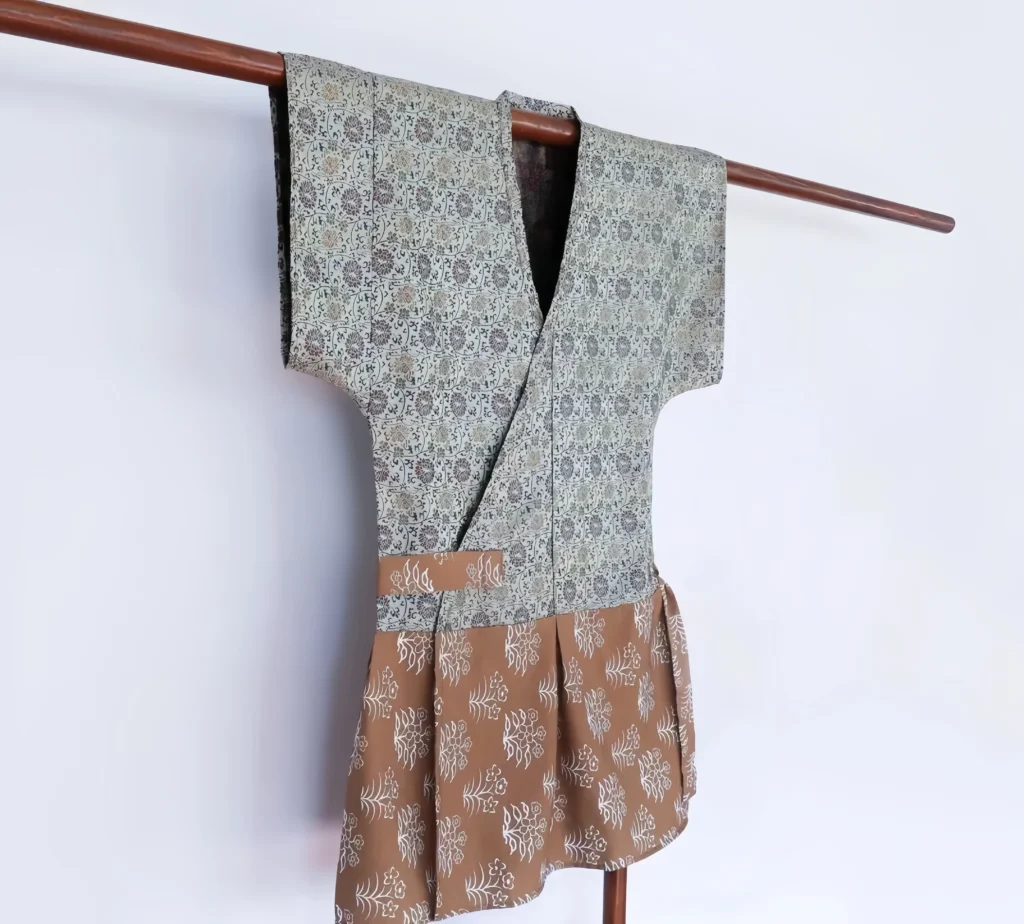
Liangdang (Vest-Like Garment)
The Liangdang was a Song Dynasty outer garment worn over a tunic, resembling a vest but shorter. It included military versions (Liangdang Jia, or armored vests) and civilian versions (Liangdang Shan). While similar to a vest, its shorter length set it apart. Worn over other clothing, it offered a practical yet stylish layer, often seen in everyday or semi-military contexts. Its design allowed flexibility, making it suitable for both men and women, though it was less formal than the Beizi.

Cultural Significance and Evolution
These three styles highlight the Song Dynasty’s blend of practicality and elegance in Hanfu design. The Beizi evolved from earlier Banbi and middle-layer (zhongdan) forms, becoming a staple for women’s semi-formal attire and men’s casual wear. Its long slits and adaptable designs made it a versatile piece across social classes. The Banbi’s roots in military wear gave it a functional edge, later adapted for casual and layered looks. The Liangdang, with its vest-like structure, bridged military and civilian fashion, offering a shorter, practical alternative.
Each style reflects the Song Dynasty’s aesthetic of simplicity and refinement, influenced by Neo-Confucian ideals. Their unisex nature and varied uses—casual, semi-formal, or festive—show the flexibility of Hanfu. For example, a noblewoman might wear a silk Beizi with intricate embroidery for a banquet, while a man might choose a plain Banbi for home wear. The Liangdang could be seen on soldiers or commoners needing ease of movement.
Today, these styles remain popular in Hanfu revival movements, with modern designers recreating their flowing lines and layered looks. To explore more about Song Dynasty Hanfu or other traditional Chinese clothing, check out detailed guides on historical restorations and styling tips.


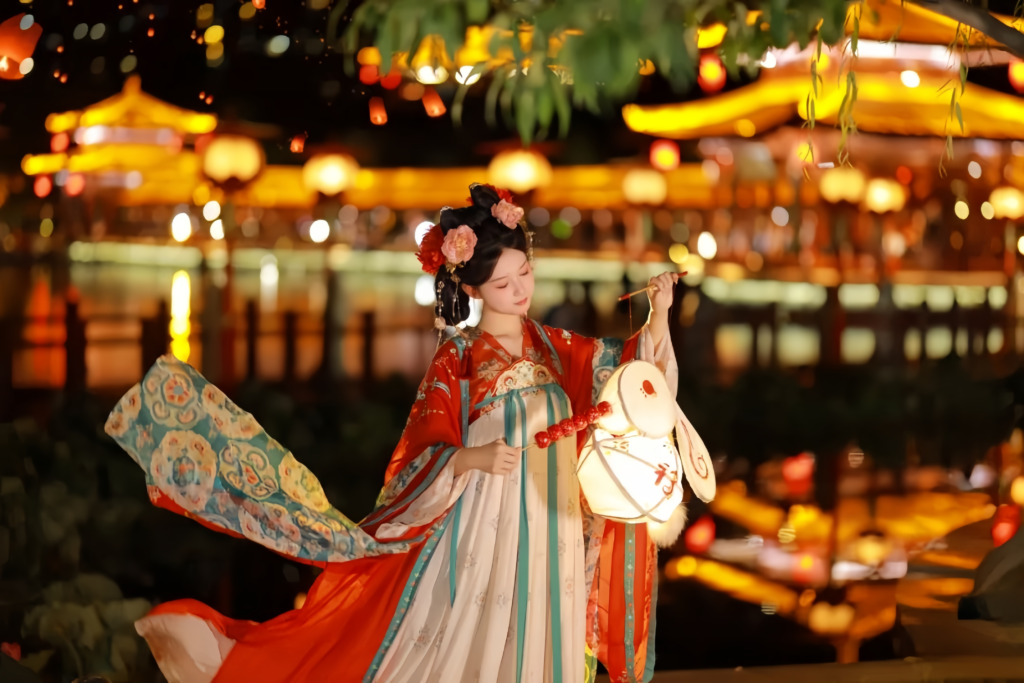


Responses